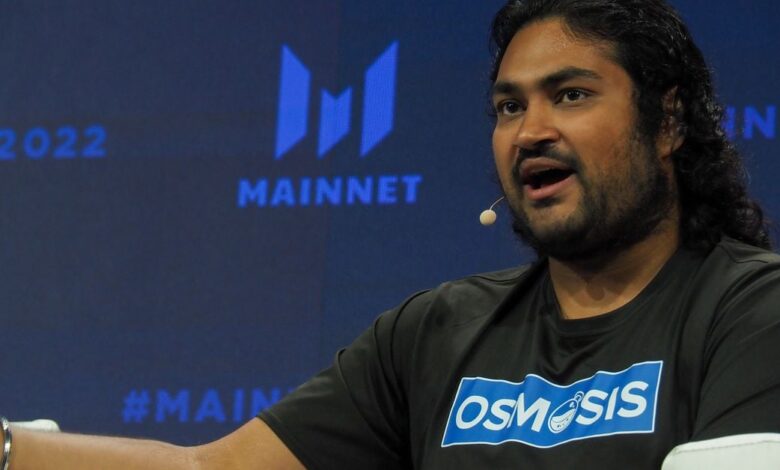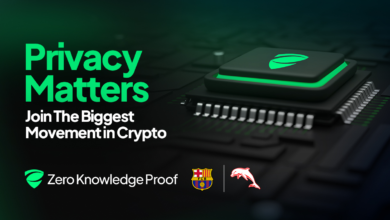
One of the challenges facing decentralized finance (DeFi) platforms is the “Great Chain Divide,” as Osmosis refers to it. This divide has led to the fragmentation of DeFi platforms, each operating within its own ecosystem with distinct pools of assets available for users to trade. These assets are often spread across various blockchains, making it cumbersome for users to engage in seamless crypto trading.
Due to this fragmentation, users are required to download and manage multiple wallet tools in order to access assets across different blockchains. This not only complicates the trading process but also introduces security risks and inefficiencies for users.
As a result, the lack of interoperability between DeFi platforms has created barriers for users looking to navigate the decentralized financial landscape. The need to switch between different wallets and blockchains hinders the user experience and limits the potential for seamless trading and asset management.
Efforts are being made within the DeFi space to address this issue and improve cross-chain compatibility. By developing solutions that bridge the gap between different blockchains, DeFi platforms aim to create a more interconnected ecosystem that allows for easier asset transfers and trading.
Ultimately, the resolution of the Great Chain Divide is crucial for the continued growth and adoption of decentralized finance. By enabling users to access and trade assets across multiple blockchains without the need for numerous wallet tools, DeFi platforms can enhance usability and accessibility for all participants.







